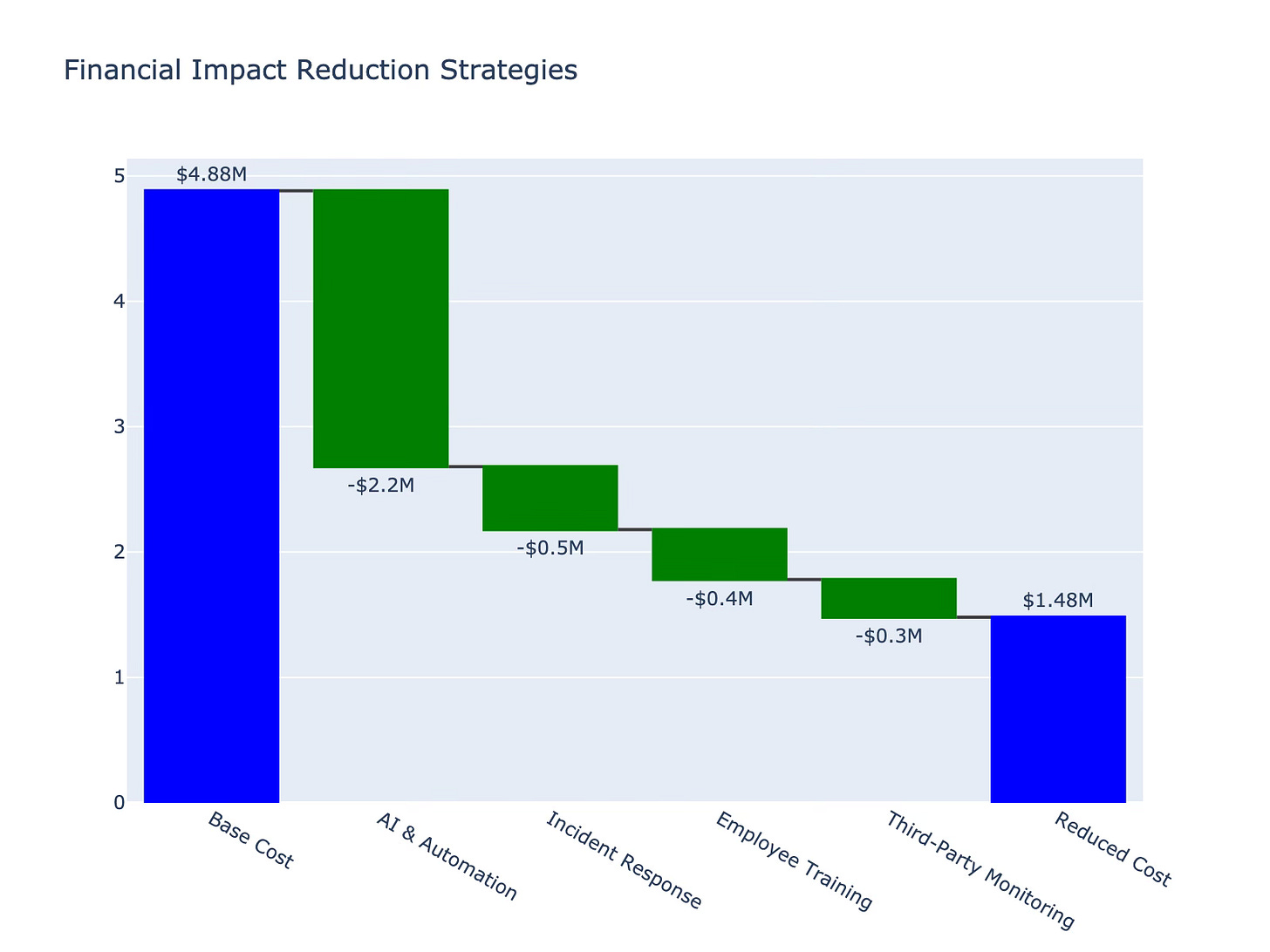The Financial Impact of Data Breaches in 2025
Analysis of recent breach costs across industries with actionable strategies to minimize financial impact
In 2025, data breaches have continued to grow in frequency and severity, with the financial costs reaching record levels. According to the 2024 Cost of a Data Breach report by IBM, the average cost of a data breach globally was $4.88 million—representing a 10% increase from the previous year. This cost escalates to $9.36 million in the United States, and $9.77 million in the healthcare sector, where the financial impact is especially pronounced.
The financial burden extends beyond the direct costs of the breach to include reputational damage, legal fines, and operational disruptions. For instance, the financial sector faced an average cost of $6.08 million per breach in 2024. In healthcare, the cost rose to $9.77 million, reflecting the high value of sensitive medical data and the stringent regulatory compliance required. Public sector breaches cost an average of $2.55 million, while industries like retail and media saw costs between $3.27 million and $4.09 million.
Actionable Strategies to Minimize Financial Impact
To mitigate the financial impact of data breaches, organizations can implement several strategies:
Implement Robust Security Measures: Using advanced technologies such as security AI and automation can reduce the cost of a data breach by up to $2.2 million compared to organizations without these tools. These technologies help detect and contain breaches faster, minimizing the duration of downtime and the resources required for recovery.
Proactive Risk Assessments and Training: Regular vulnerability assessments and employee training are crucial in identifying and addressing potential vulnerabilities before they become exploitable. Phishing simulations, for instance, allow teams to test their preparedness for common attack vectors.
Develop a Comprehensive Incident Response Plan: A well-defined plan reduces the time required to contain a breach, lowering recovery costs. Assign roles and responsibilities to key stakeholders and conduct regular drills to ensure readiness.
Invest in Cybersecurity Training: Employee error is a leading cause of data breaches. Training employees to recognize phishing emails and other common attack vectors can significantly reduce the probability of a successful breach.
Consider Cyber Insurance: Cyber insurance can help cover costs associated with data breaches, including legal fees, notification costs, and regulatory fines. For example, the average cost savings for ransomware victims who involved law enforcement was nearly $1 million.
Monitor Third-Party Vendors: Third-party systems are often vulnerable points of entry for attackers. Implementing zero-trust architecture and vendor risk management helps protect against third-party breaches.
Focus on Incident Response Preparedness: Investing in post-breach response activities, such as crisis management and public relations, can prevent significant financial losses. Crisis simulations, for example, improve teams' ability to contain and respond to breaches effectively.
By embracing these strategies, organizations can reduce the financial impact of data breaches and build resilience against future incidents.
Note: The financial costs and strategies mentioned are based on data and insights from industry reports and expert recommendations.






